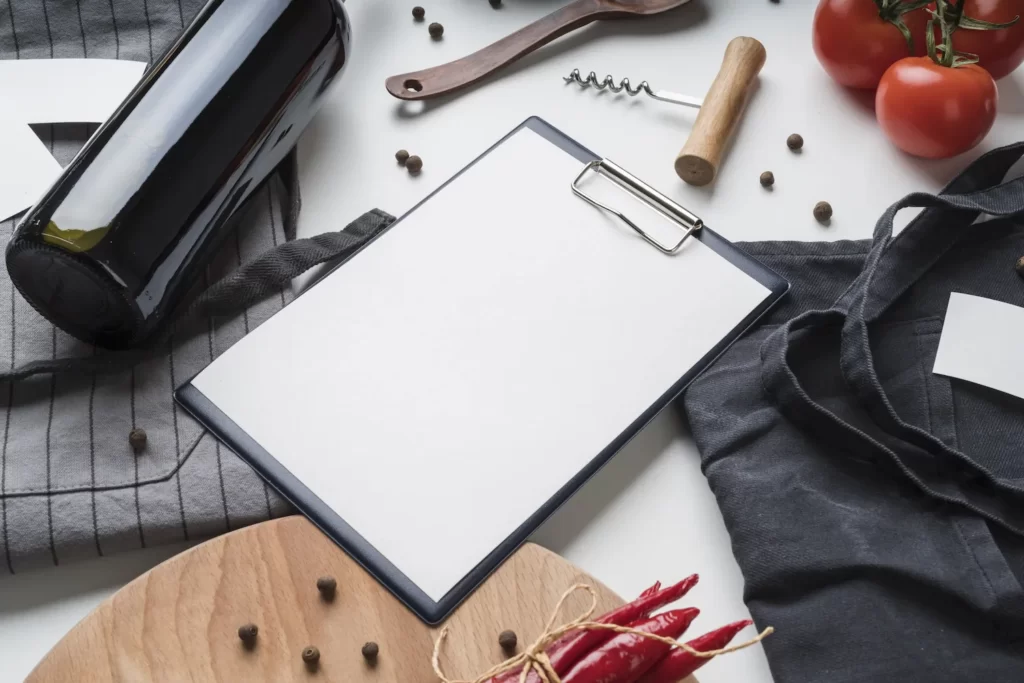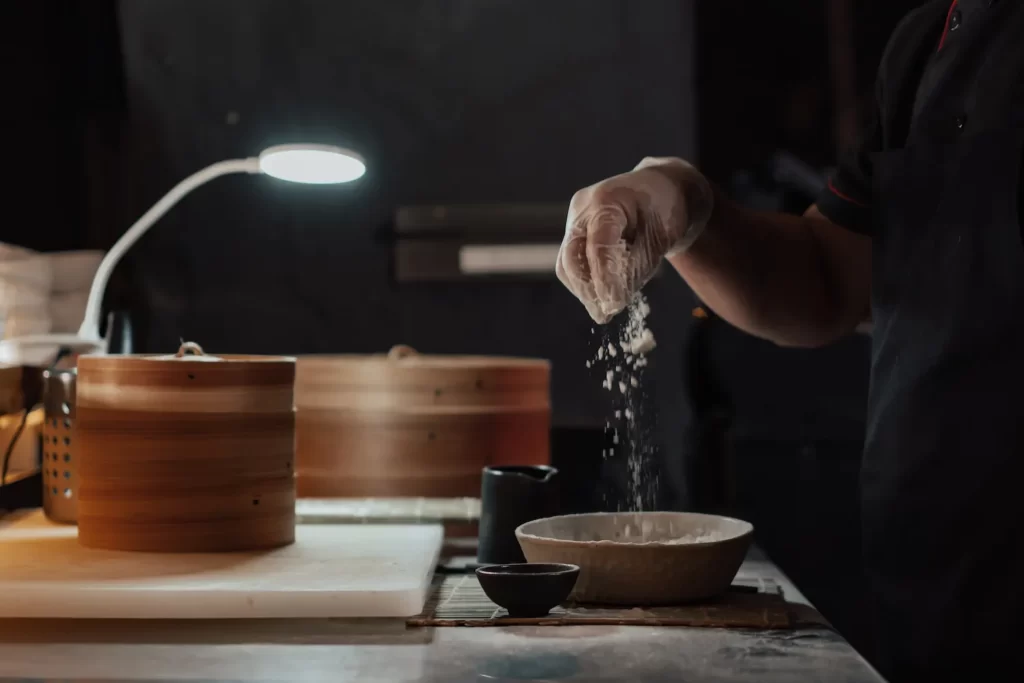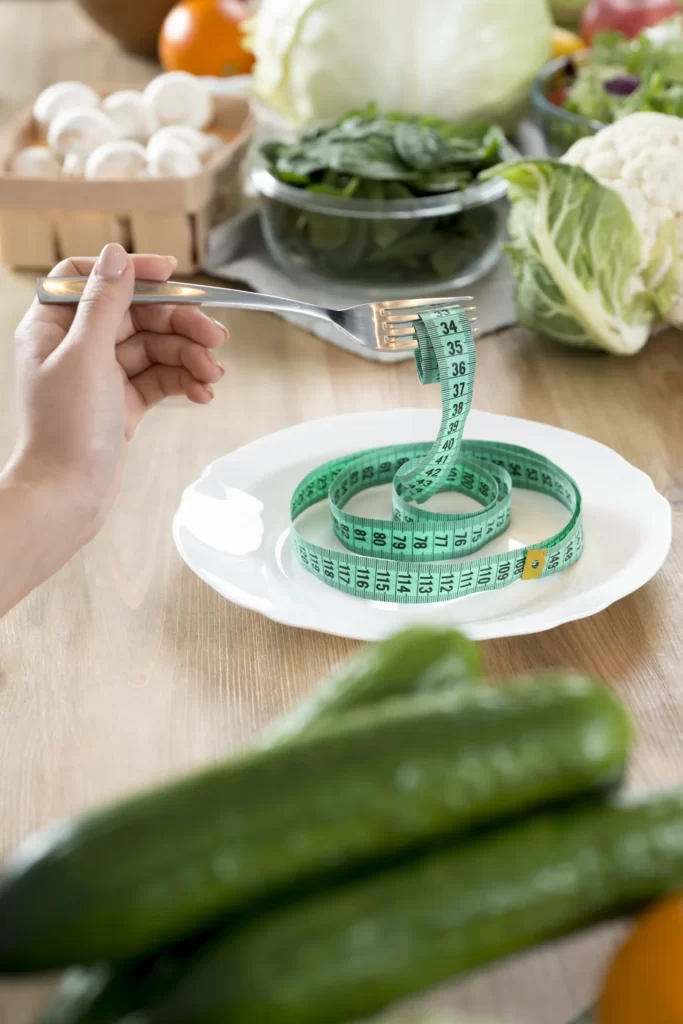Recipe Writing For Your Restaurant Kitchen - The Professional Way To Do It
The importance of a standardized recipe, for each of the menu items, is paramount in a restaurant business. While a home recipe can use approximate measures and there is much scope for trial and error, including minimal impact of a failure; a restaurant recipe necessarily needs to be done professionally. A professionally written recipe is often referred to as a standardized recipe in the industry. It refers to a written set of instructions to prepare a clearly identifiable quantity and quality of food, for a specific location and most importantly, all of this is done consistently. Irrespective of who is preparing the menu item, the taste of the item and yield are almost identical, every time it is prepared. When we look at it from this perspective, that is, the viewpoint of a professionally run restaurant business, we immediately understand the gravity of a standardized recipe.
A standardized recipe always includes the following:
- Menu Item name or Product Name – the name on the menu should match the name on the standardized recipe
- Classification of the item – Entrée, dessert and so on
- Total yield – it refers to the total number of servings or portions that a recipe produces, including the volume or weight of the recipe/batch
- Portion size – refers to the size or amount of one single portion (weight and measure)
- Ingredient list with quantity – all ingredients required for the recipe, from the main ingredient to the tiniest amount of seasoning, with exact measurement of the quantities required (for one batch/yield of the recipe production). These should preferably be listed in the order of use. While mentioning the quantities, some points need to be borne in mind, including:
- Weights are far more accurate than measures (unless it is a very small amount)
- Weight or volume should be expressed in largest unit possible (for example 1 kg and 400 gms or 1.4 kgs)
- ‘Shredded, cut, chopped, sifted’ are ideally put before the ingredient if the process is carried out before measuring and after if, process is undertaken after measuring
- If the ingredient is used more than once in the preparation or cooking, it is common to list the total amount and mention that it is ‘divided’. For example, flour used as the main ingredient and flour used only for sprinkling.
- If only specific brands or type are used, that should be clearly indicated (eg – Heinz sauce or heavy cream). Also be specific about whether fresh, frozen or canned and so on.
- Listing the ingredients with quantities also gives a clear picture of any possible allergen information important for the service staff to know
- If some of the kitchen products are sold as merchandise to diners (for instance, sauce bottles), listing of ingredients, with weight, is in any case a mandatory requirement (in case of product labeling)
- Preparation procedure – this includes, individually mentioning the separate activities involved in preparing a dish. For instance, in the case of Palak Paneer, one would individually mention:
- Procedure for making the garam masala powder (if made fresh and in-house)
- Procedure for blanching the Palak and making into Palak puree
- Procedure for making the onion paste and so on
The descriptive phrases used should enable easy preparation and cooking (eg – beat until foamy). How to handle materials; special precautions; pan preparation (greasing, flouring and so on) and finally repeating the baking and temperature settings in the recipe is standard practice (general and specific tests and temperatures are indicated, for instance, 2000 F and ‘moderate’). Very often, the ingredients need to be prepared as well. In that case, where the technique is simple, it can be listed with the ingredient in the list itself. For example – 2 eggs, beaten. In essence, specific directions for the sequence of operations and types of operations (blend, mix, saute) are always given. An important aspect of writing the procedure, is to first prepare test batches in the kitchen to check for accuracy of the recipe. The final procedure is documented only after multiple iterations and consistent results from such trials.
- Preparation Time, Cooking or Baking temperature and Cooking Time – Includes mentioning instructions for stove-top, such as level of heat (simmer, high flame and so on)
- Cooking vessels, tools (ladles and so on) and equipment to be used – The size of the vessels and ladles to be used for serving the portion into the dish or bowl are absolutely critical to provide a standard quantity every single time. Vessels and ladles of standard measurement are imperative in a professional kitchen (eg – pan size, depth and so on)
- Instructions on Storage – hot/cold instructions including temperature to be maintained till it reaches the diner’s table
- Garnishing instructions and plating directions – Preferably this will be accompanied with a photograph to show what the original recipe writer had intended for the dish to look like
- Shelf life and storage instructions

Mise en place, ‘set in place’, is a famous methodology adopted by chefs across the world, which relates to all of the above. Getting the standardized recipe in place, essentially enables 5 crucial steps in any dish preparation (and enables Mise en place):
- Knowledge of your recipe, including list of ingredients, cooking ware and times
- Preparation procedures, including chopping, mincing, slicing, cleaning and so on
- Logically arranging the ingredients for use in the cooking procedure
- Workstation readiness implies setting the temperatures for the equipment to be used; pre-heating, if required; getting serving bowls in place and so on
- Logically arranging all tools and equipment for easy use, to avoid disruptions in kitchen workflow and unnecessary movement
Advantages of Standardized recipes are multiple, with professional kitchens considering it an indispensable tool for running an efficient kitchen operation. Some of the more easily discernible advantages include1:
- Precious time is saved for both the cook and the manager, with more skill invested in preparation, serving and merchandizing the food
- Guesswork and wastage due to inaccurate estimate of quantities and resulting failure in cooking is avoided
- Frequent sampling and doctoring are avoided, as the dish would be consistent in quality and quantity
- High dependency on a single chef or cook is avoided; everyone has access to the recipe. If it is detailed enough, a high level of consistency can be achieved, irrespective of who is preparing the dish. With high employee turnover in this industry, documentation is critical
- It assists in portion control and food cost control by:
- Arriving at an accurate cost of food for each of the ingredient items and quantities listed
- Estimating yield for the recipe
- Maintaining consistent quality and thereby reducing wastage and leftovers
In essence, food costs are controlled through standard purchase specifications (which flow from standardized recipes for each menu item); standard recipes; standard yields, standard portion sizes and standard portion costs. All these are well controlled only through recipes that are written professionally.
While standardizing restaurant recipes and aiming to deliver consistent products, it is important to bear the skill of the worker; menu planning; purchase and inventory procedure; storage facilities and equipment required for standardization2 as well. These are all critical in supporting the preparation of a recipe for a professional kitchen. Good work habits, orientation of top echelons of management and training of the team is essential to translate procedures into practice. On-the-job training is vital. Once a standardized recipe is in place, getting a cook, who has never made that dish before, to test it, is the best way to approach recipe standardization. How would a rookie understand the recipe vis-à-vis an experienced cook? Does the recipe need to be more elaborate, as the cooks are mainly fresh joiners or will short descriptions suffice, in case of industry pros? In this context, having recipe cards in place, is another industry practice, for quick reference. An elaborate training manual with all the recipes incorporated and given individually to all the cooks, is another popular practice with professionally-run kitchens.
Recipe standardization greatly aids in purchasing ingredients in the right quantities (that is, by the portion). One could also store food by the portion and issue food by the portion, as far as inventory is concerned. This enables inventory management (portion-planned inventory). Using an ERP, taking inventory by hand; ‘cycle counting’ (how quickly you are using food and ingredients), using FEFO (using oldest food supplies first) are all methods to keep a tab on the inventory, with the above aid of portion-planned inventory. Standardization of recipes, requires standard equipment. Techniques and relevant equipment should be available for weighing and pan sizes, ladles, scoops and all cooking and serving vessels should be purchased based on the yields.

Measurement is an important aspect of writing a standardized recipe. We can either choose from the Imperial system of measurement or the S.I or metric system of measurement. In India, we have been using the metric system of measurement. Though, those keen on using the Imperial system, can very well opt for a conversion table. The metric system uses millilitres, litres, grams, kilograms and so on, which all of us are familiar with. Three types of measurement are typically used in a commercial kitchen to measure ingredients and to serve portions – volume, weight or count. Depending on which ingredient is being used, any of these types of measurement can be opted by. For example – 6 eggs (count); 1 litre of milk (volume) or ½ kg of cheese (weight). Count can be used where the size differential between units is negligible and where the food item in question is graded to specific sizes. Sometimes the final product may also be countable, in which case a count is used (for instance: 8 muffins). Volume measurement is common for liquids and also when portioning the size of a finished product (sandwich fillings or exact size ladles to portion soups).
Weight is by far the most reliable way of measurement (whether it is solid or liquid) for ingredients or portions. This type of measurement can be time-consuming and requires the use of scales. We find the use of digital scales these days, enabling a high level of accuracy. Weight takes into account the factors of density, moisture and temperature (which can impact the volume of ingredients). It is important to note here that volume and weight are not interchangeable (except for water). While 1 litre of water will equal 1 kg of water; when mixed with 1 litre of oil, the volume will be 2 litres but the weight will reduce to below 2 litres. These are important considerations in writing a recipe for a commercial kitchen and has a significant impact on food costs and inventory management.
Adjusting Recipes requires certain tools and formulas, which become critical for a restaurant kitchen. A restaurant kitchen deals in large batch production and the ability to convert the ingredients to suit a higher batch production is not as easy a task as it might seem. An often-quoted reason to adjust recipes is to arrive at larger or smaller portions than the original recipe produces. A recipe may produce 8 portions of Palak Paneer but the fresh requirement may be for 18 portions of Palak Paneer. One may also need to change the individual portion size, warranting a possible change in batch size or there may be a need to adjust the recipe to accommodate it within a said piece of equipment. The most common method to make adjustments to the recipe is the Conversion Factor Method. In this method, the current yield of a recipe is noted, in addition to which, the required yield is finalized. A conversion factor is arrived at based on the formula –
Conversion Factor = required yield/current yield
So, in the example given above, 18/8 = 2.25 = Conversion Factor
The final step is to multiply the quantities of the ingredients in the original recipe by the conversion factor to arrive at the new quantities of ingredients, based on which the adjusted recipe is made. Care should always be taken about seasoning, spices and the like, which may not be conducive for such simple extrapolation. In any case, a test with the adjusted quantities is required to ensure consistency in taste is maintained.

If the aim is to change both the portion number and portion size. For example – 8 portions of Palak Paneer changes to 18 portions and the size, of each portion, is adjusted from 250 to 230 gms (serving 2 people), the calculations will be as follows:
Current Yield = 8 * 250 = 2000 gms
Required Yield = 18 * 230 = 4140 gms
Conversion Factor = required yield/current yield = 4140/2000 = 2.07
Some points to bear in mind with conversion are as follows:
- State the quantities of original ingredients by weight, wherever possible (excluding very small quantities of seasoning or liquids) and then carry out a conversion exercise
- Liquids with high sugar content, should be measured by weight
- Preparation times can vary when the quantities are adjusted as different equipment may have to be used to accommodate the change
Any changes in recipe, such as use of different ingredients, from the original set; new cooking methods; adjusting yields and so on, must always be documented and all recipes and recipe cards in the kitchen must be updated, to avoid problems of inconsistency in the final product.
In this day and age of digital connectivity and social media-driven trends, the need for new and innovative recipes is clearly and constantly evinced by restaurant businesses. Those who use creativity and pander to changing customer preferences will remain in business. Couple this with innumerable festive seasons in India and what we have is a constant need to relook the restaurant recipes. In such a dynamic scenario, recipes are bound to change. Such changes complicate the BOH operations considerably. The only way to tackle this complexity is to craft a perfect recipe, test it (with multiple iterations) and document it, with immediate revision to existing documents and trainings to complement such changes. A standardized recipe is a great tool to attract precious clientele, while keeping the restaurant business profitable and professional in its operations. Keeping the implications of a superior recipe, for the front of house and back of house operations in a restaurant, in mind, is the only way to meet the dual objectives of customer satisfaction and operational excellence!